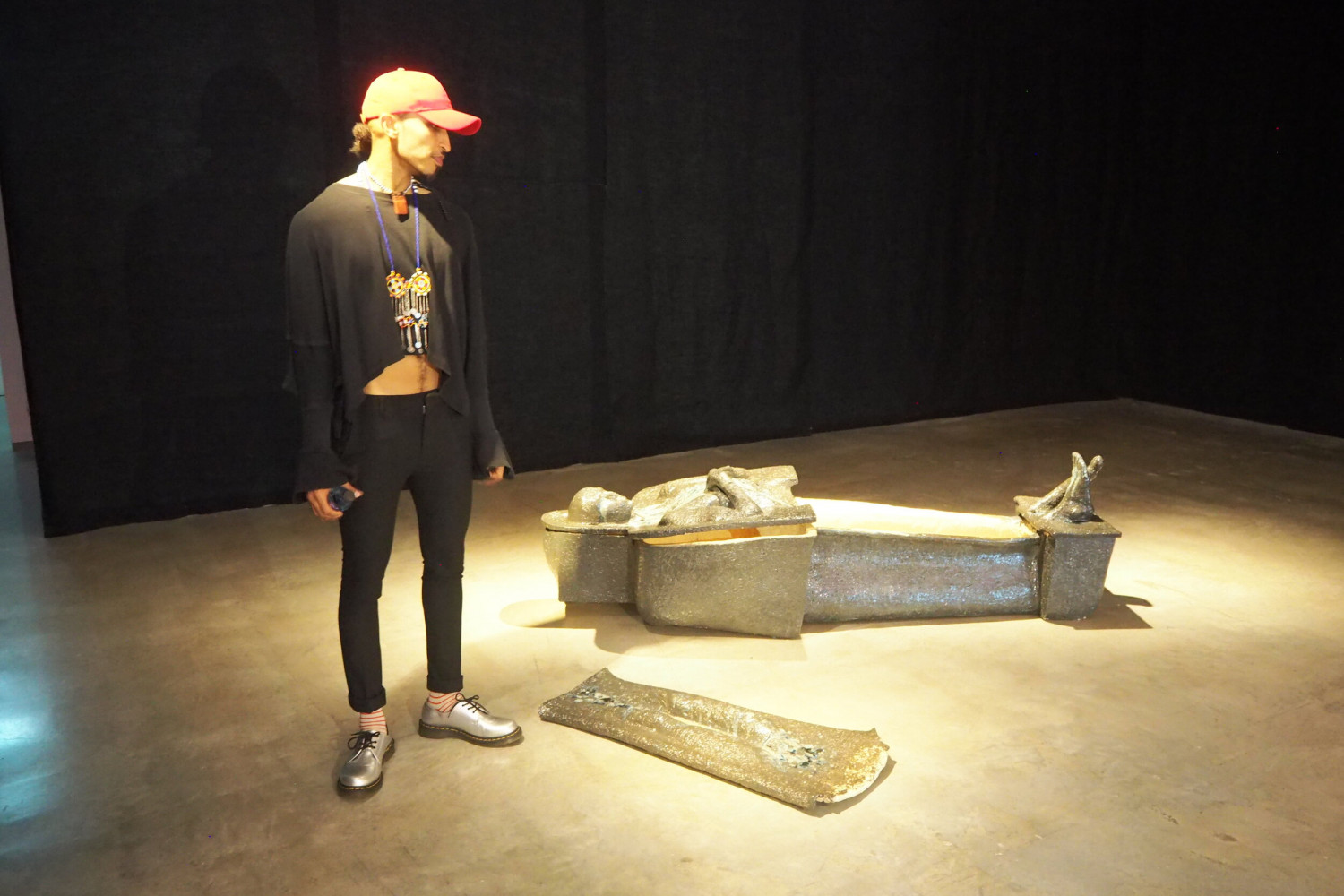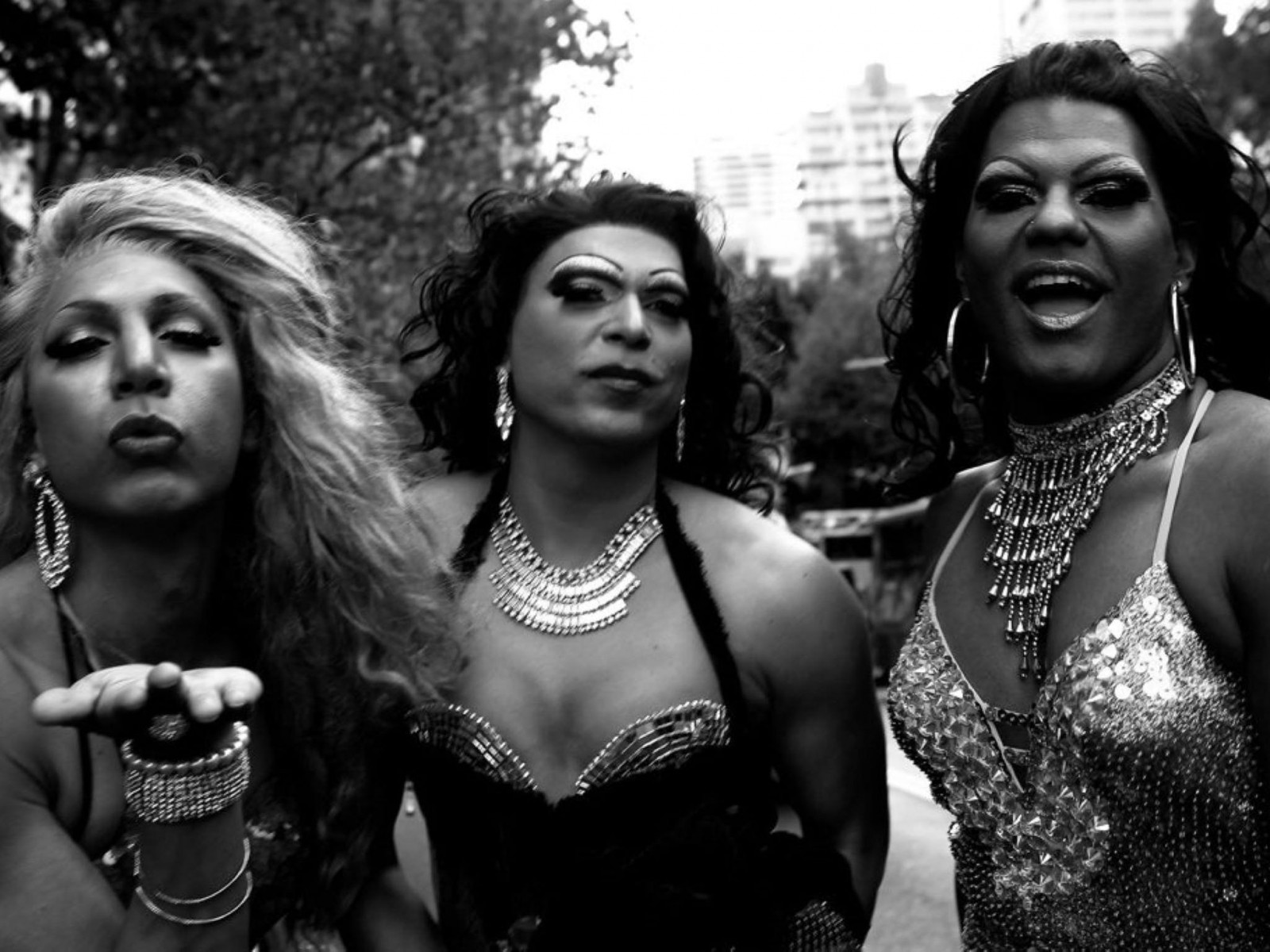
The 14th of March marks the official opening of the 22nd Biennale of Sydney, NIRIN.
On Monday I was lucky enough to go on a whirlwind preview tour of the Biennale. I had such an incredible time exploring the various locations of the show, meeting some of the artists and immersing myself in a different perspective. The theme invited many artworks that offered an in-depth social commentary – which was confronting, but rewarding, and I found myself deep in thought as I roamed through the incredible works.
If you are unfamiliar with the event, the Biennale of Sydney started in 1973 as part of the opening celebrations of the Sydney Opera House. Since 1973 the Sydney Biennale has showcased the work of close to 1,800 local and international contemporary artists who connect local communities and global networks in three glorious months of amazing art in across 6 extraordinary venues (the Art Gallery of NSW, Artspace, Campbelltown Arts Centre, Cockatoo Island, Museum of Contemporary Art Australia and the National Art School.)
This year, First Nations artist and curator Brook Andrews curated an exhibition of contemporary art aiming to address the “unresolved past anxieties” that afflict contemporary society. “NIRIN”, meaning “edge”, is a term from Andrew’s mother’s Wiradjuri people of central western New South Wales. The reclamation of the Biennale by indigenous cultures around the globe created a wonderful juxtaposition between pride and shame – demonstrating the importance of creatives and art as a powerful tool to help resolve, heal and reimagine the future of our world.
One of the pieces that stood out to me the most was an installation of charcoaled sacks by Ibrahim Mahama. The striking piece investigates the position of the body in relation to both architecture and history. Standing in front of the artwork, the smell of decaying fish and sewn charcoal filled the room creating a fine line between intrigue and discomfort, and a totally immersive, in your face experience.
As I moved from venue to venue during my whirlwind tour, I found myself particularly drawn to a piece in the MCA by Ahmed Umar which featured a performance of the artist standing beside an installation of his own sarcophagus. The deeply political piece was engaged with the idea of the collision of cultural traditions, religion and his life story. Growing up as a queer man in Mecca, Saudi Araba and Sudan where homosexuality is punishable by death, Umar’s piece highlights the metaphorical burial of the version of himself before he came out as a gay man.
Standing proudly beside the piece, Ahmed Umar held a poster with the words “Sudan executes gay people under its government endorsement” in both English and Arabic. When I spoke to the artist he explained the role of the performance element as ‘he always stands with his works using his performance to protest his political motives’.
As the day progressed, I visited the Campbelltown Arts Centre to find a body of work by Barbara McGrady who created a photographic series, telling the true stories of contemporary Aboriginal life. The idea was to document her mobs’ achievements, humanity and beauty through the lens of a Gamilaroi/Gomeroi Murri Yinah (woman). I got such a warm, strong feeling of community through absorbing all the unique personalities, attitudes and characters that McGrady so carefully and lovingly recorded. I felt honoured to have access to this wonderful special community through her work.
Outside the final site, the crowd stood with a sense of looming disquietude contemplating the confrontational nature of the show. NIRIN highlights the transient/shift in social awareness and encourages spectators to engage in an ardent introspection.
Please do yourself a favour and spend some time supporting the Biennale. The event runs from 14th March 2020 to the 8th June 2020 with a plethora of exhibitions and events happening through that period. The lasting impression the artworks left on me had a transcendental effect and I implore you to engage with such a fantastic whirlwind event and support this important Australian cultural event.



